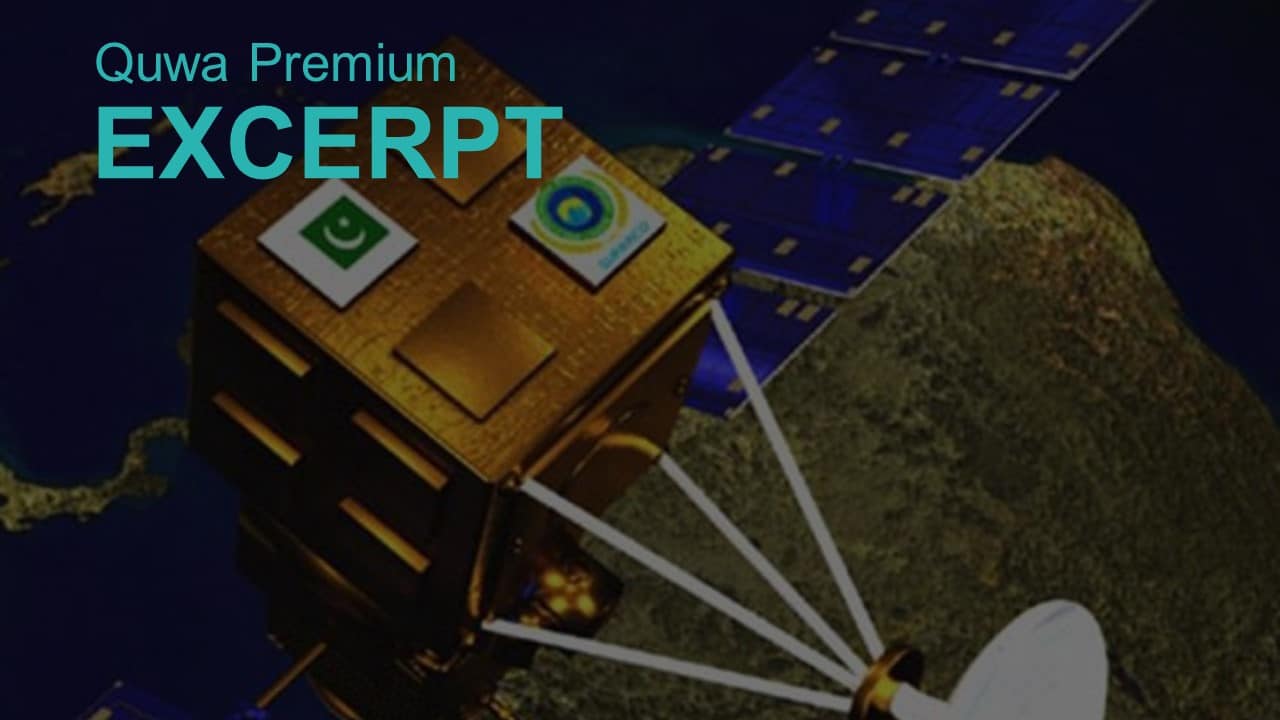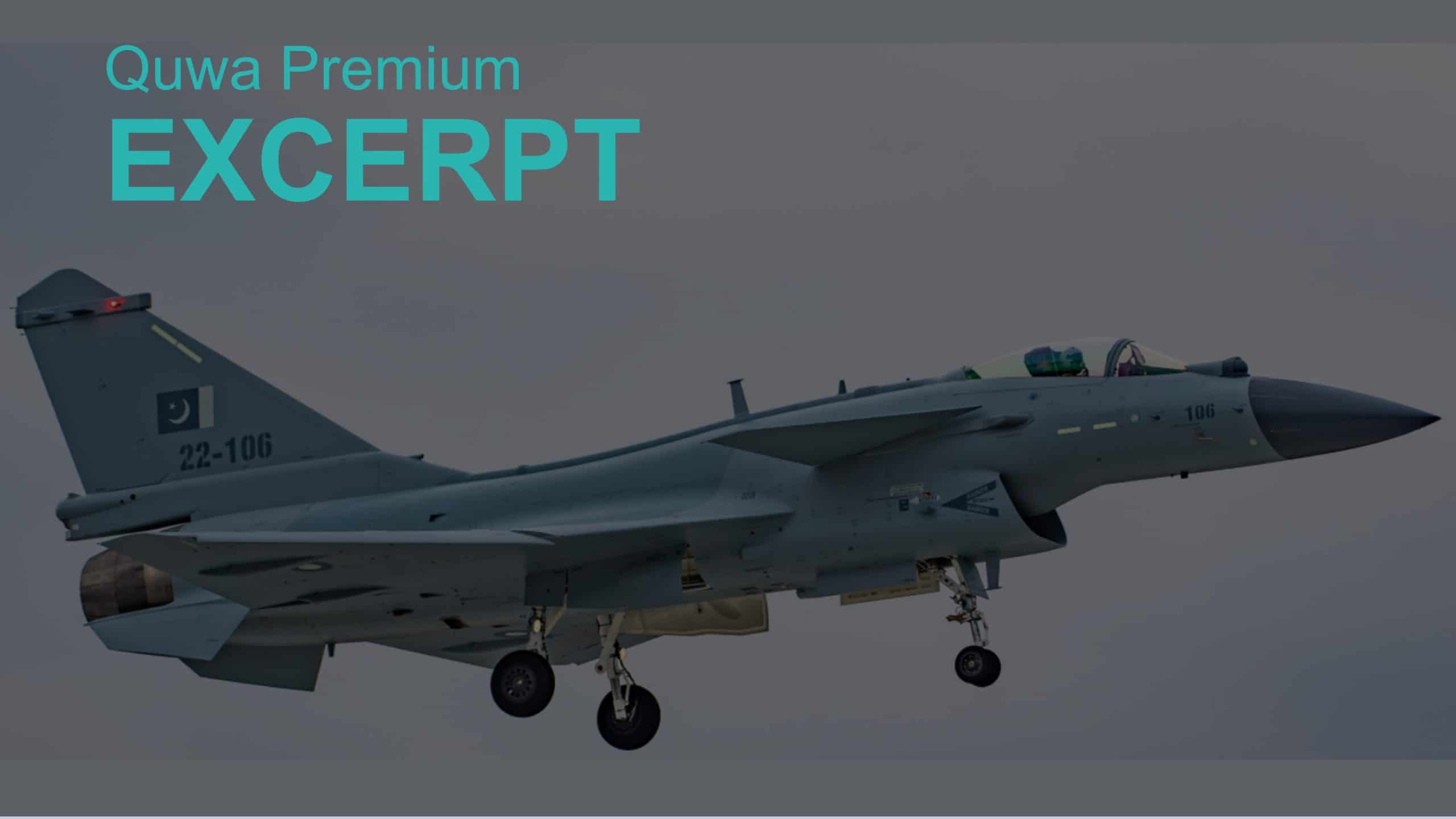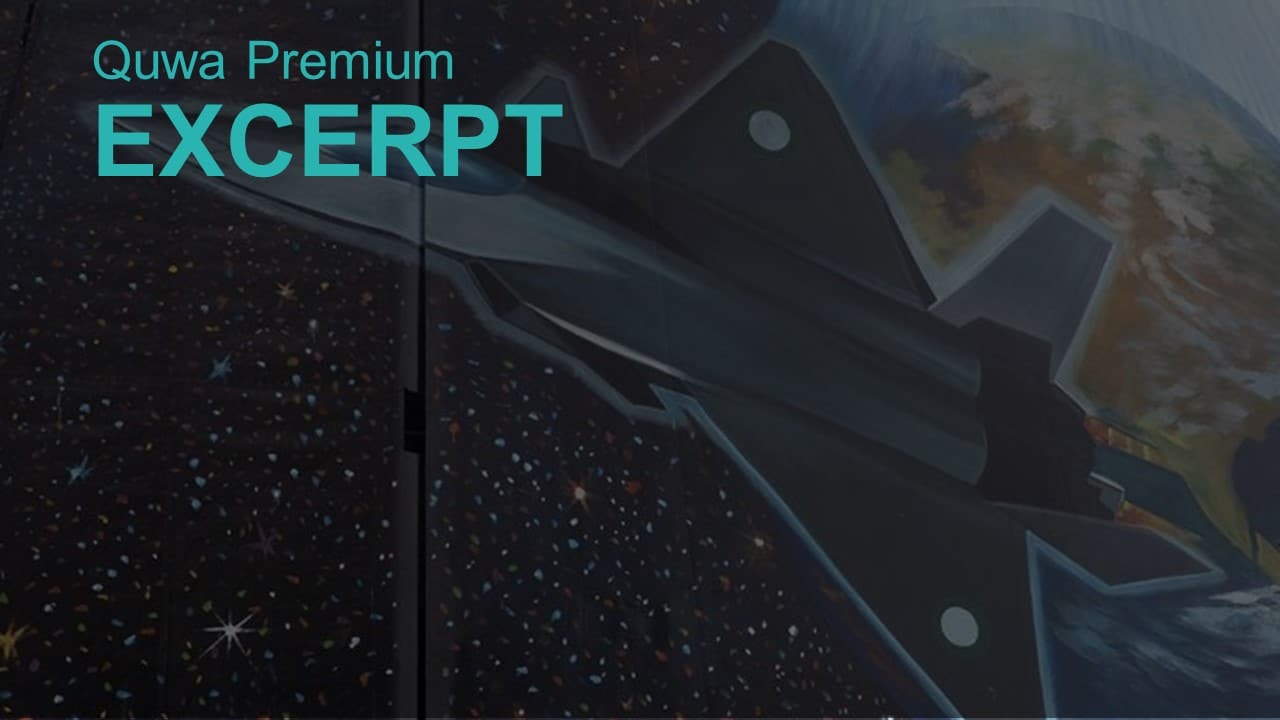2581Views

Pakistan Looks at Expanding Space Development
In its budget for the 2021-2022 Public Sector Development Programme (PSDP), the Pakistani government is looking to allocate funds to study the feasibility of the following space development projects:
- Establishment of Pakistan Space Centre (PSC).
- The Pakistan Satellite Navigation Program (PSNP).
- Development of a spaceport (i.e., a satellite launch vehicle site).
- Pakistan Multi-Mission Communication Satellite (Pak-Sat-MM1).
- Pakistan Remote Sensing Synthetic Aperture Radar Satellite (PRSS-S1).
- Pakistan Optical Remote Sensing Satellite (PRSS-O2).
The government is conducting the feasibility studies through the Space and Upper Atmosphere Research Commission (SUPARCO). These programs are tentative in scope because they are currently limited to only assessing project feasibility and/or defining system requirements.[1]
Despite the uncertainty, Pakistan’s intent to pursue each of these programs date back to at least 2010.
For example, under ‘Space Vision 2040’, SUPARCO had revealed that it would launch at least three remote sensing satellites (RSS) and, ultimately, supplant its older satellites with new systems. The original timeline for launching the follow-on RSS units was in 2012-2020. SUPARCO evidently had to delay its timelines, but it seems that the current PSDP allocations are working towards the original plan.
Currently, Pakistan has one RSS satellite in space, i.e., the PRSS-O1, which China launched from its Jiuquan Launch Site Center (JLSC) on 09 July 2018. The PRSS-O1 is equipped with an electro-optical (EO) payload.
Pakistan Space Centre (PSC)
In terms of the PSC, the Pakistani government announced its plans to launch the organization in 2018. The PSC’s main function will be to design, develop, and manufacture satellites…
New Satellites
If the PSC gets off the ground, then it is possible that its first major satellite program could be the Pakistan Satellite Navigation Program (PSNP). The Pakistani military is increasingly relying on stand-off range cruise missiles and precision-guided bombs. Contemporary munitions of this type use a combination of inertial navigation systems (INS) and satellite-aided guidance. For the latter, most countries are content with GPS, but there is a chance the U.S. could cut GPS coverage in South Asia in a major conflict scenario. Thus, both India and Pakistan are looking into (and in India’s case, working on) domestic satellite navigation systems…
Possible Satellite Launch Vehicle (SLV) Program
The feasibility study of a spaceport likely points to the development of a satellite launch vehicle (SLV) site…
End of Excerpt (372 / 1,251 words)
You can read the complete article by logging in (click here) or subscribing to Quwa Premium (click here).
For more insights on Pakistan’s strategic programs, see:
- Pakistan’s UAV Development, Deployment, and Future
- The Push to Boost Pakistan’s Space Program
- A Look at Pakistan’s New Instrumented Weapons Test Range
- Project AZM: Updates to Pakistan’s Next-Generation Fighter Program
- The Future of Pakistan’s Airborne Nuclear Deterrence Capability
[1] “Public Sector Development Programme.” Ministry of Planning, Development and Reform. Government of Pakistan. June 2021. URL: https://www.pc.gov.pk/uploads/archives/PSDP_2021-22.pdf (Last Accessed: 27 June 2021).


